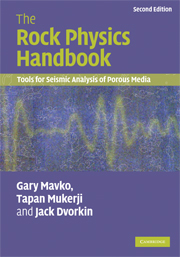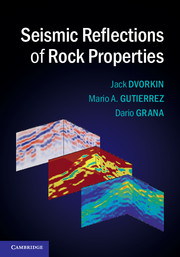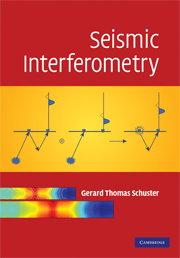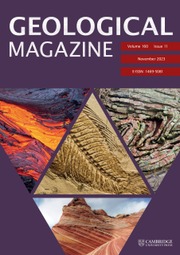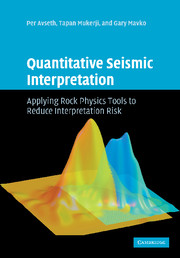The Rock Physics Handbook
This fully updated text addresses the relationships between geophysical observations and the underlying physical properties of rocks. It distills a vast quantity of background theory and laboratory results into a series of concise chapters that provide practical solutions to problems in geophysical data interpretation. Now in its second edition, major new chapters are presented on statistical rock physics and velocity-porosity-clay models for clastic sediments. Other new and expanded topics include anisotropic seismic signatures, borehole waves, models for fractured media, poroelastic models, and attenuation models. Also new to this edition is an enhanced set of appendices with key empirical results, data tables, and an atlas of reservoir rock properties – extended to include carbonates, clays, gas hydrates, and heavy oils. Supported by a website hosting MATLAB routines for implementing the various rock physics formulas, this book is a vital resource for advanced students and university faculty, as well as petroleum industry geophysicists and engineers.
- Contains appendices of key information for use as model parameters, and lists assumptions and limitations for various models to help users to avoid common pitfalls
- Demonstrates how to implement various rock physics formulae presented in the book with worked examples and MATLAB® codes
- Presents short, technical summaries to allow quick access to key results
Reviews & endorsements
"The concise structure of the articles, confined to mathematical equations with clearly presented assumptions and limitations, makes the content a handy tool for the solution of earl problems encountered in geological and geophysical research. ... Geophysical researchers and students, as well as petroleum engineers and environmental geoscientists will value the book for its practical problem solving." - Pure and Applied Geophysics
"...concisely written, comprehensive and extremely well presented and thus comes highly recommended." - The Leading Edge
Praise for the 1st Edition: ‘The Rock Physics Handbook … has stood on my shelf for many years as a succinct, readable volume both for reference and numerical recipes in rock physics and seismic wave propagation.’ Surveys in Geophysics
Praise for the 1st Edition: ‘… covers a wide range of topics and brings together most of the theoretical and laboratory work of rock physics which is necessary for the interpretation of seismic data … an excellent reference text.’ Geological Magazine
Praise for the 1st Edition: ‘… an invaluable single volume reference of material otherwise widely scattered in the literature.’ Mineral Planning
Product details
July 2009Adobe eBook Reader
9780511536946
0 pages
0kg
28 tables
This ISBN is for an eBook version which is distributed on our behalf by a third party.
Table of Contents
- Preface
- 1. Basic tools
- 2. Elasticity and Hooke's law
- 3. Seismic wave propagation
- 4. Effective elastic media: bounds and mixing laws
- 5. Granular media
- 6. Fluid effects on wave propagation
- 7. Empirical relations
- 8. Flow and diffusion
- 9. Electrical properties
- 10. Appendices
- References
- Index.

